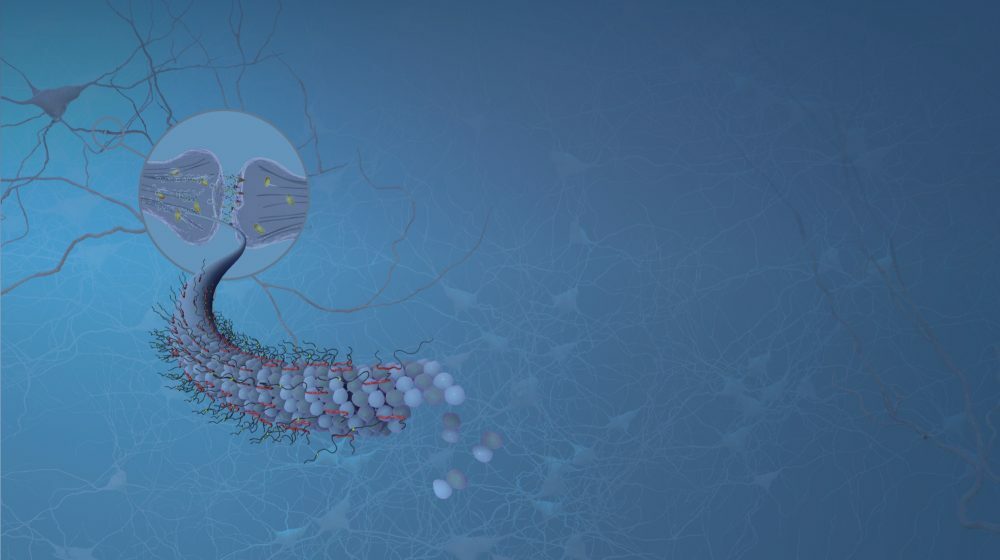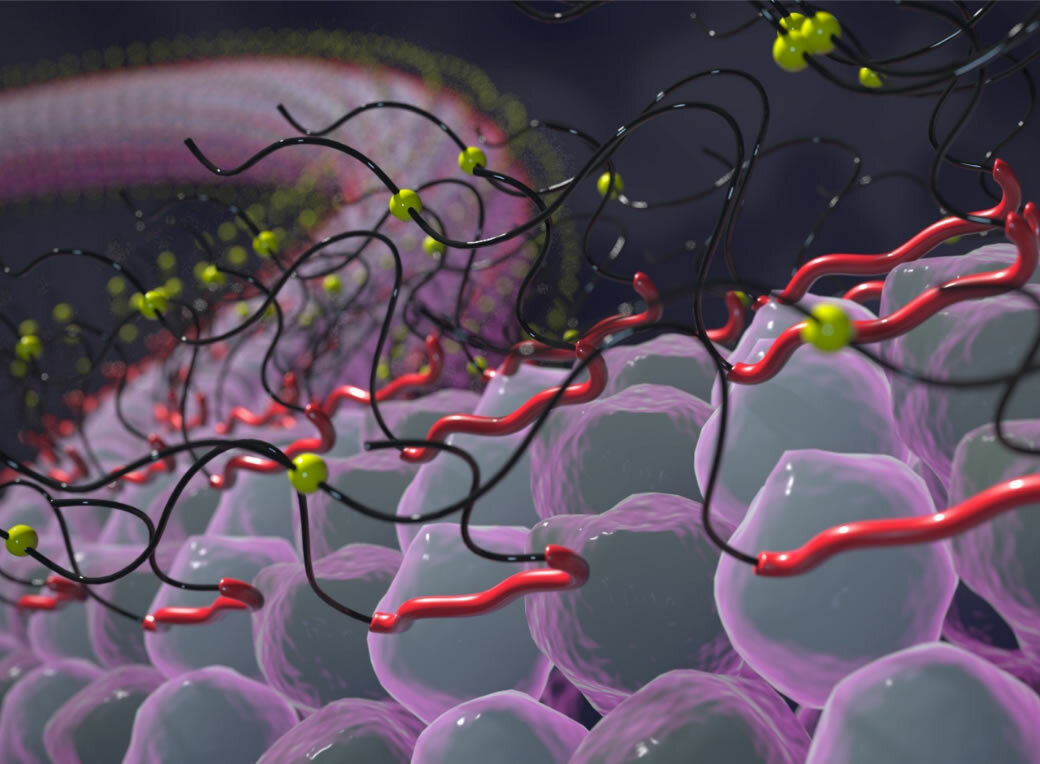“The emerging science explained by these illustrations was previously only available through descriptions published in peer-reviewed, scientific journals. This artwork brings the science to life and makes it more accessible for the broader community seeking to better understand this devastating disease.”
The newly developed scientific illustrations explain in detail the role of the tau protein in the healthy brain to stabilise microtubules for the safe passage of neurotransmitters, and how tau may be impacted by the normal ageing process. The repeat domain of the tau protein binds to lipofuscin in a hairpin formation, recruiting other tau proteins to stack in the same way, and eventually forming tau oligomers, paired helical filaments and tau tangles. This pathological tau is then responsible for damaging neuronal function in a number of ways, spreading through neurons until they cause death of the cells.
Diana Saville, scientific illustrator and Co-Founder of Brain Mind who created the graphics explains, “BrainMind is focused on strengthening the connective tissue between the lab and society. We are delighted to support the Alzheimer’s research community during World Alzheimer’s Month with this growing set of visualization tools, helping scientists to convey important insights from disease mechanisms to emerging therapeutic targets.”
Jean Georges, Executive Director of Alzheimer Europe, welcomed the educational material and the information on the Lucidity trial: “People living with Alzheimer’s disease, their families and carers, as well as Alzheimer’s associations are closely following research developments in the hope of better treatment and prevention possibilities. Alzheimer Europe aims to provide easy-to-understand information on ongoing clinical trials and we are therefore very grateful to TauRx for presenting their phase III program to our members. The educational material and visuals launched at our meeting will be very useful in explaining the important role of tau in the development of Alzheimer’s disease to a non-scientific audience”.
The scientific illustrations were launched on 10 September, at a meeting organised by Alzheimer Europe and attended by 24 of its national member organisations and will soon be publicly available on www.TargetingTau.com. BrainMind developed the illustrations through an educational grant from TauRx, with an aim to explain to doctors and their patients how abnormal tau aggregation affects the brain and how this could be treated.
“We all dream of the day when a treatment can be introduced early enough in the disease cascade to prevent or slow down the tragedy that AD represents for all,” says Professor Wischik. “Explaining this science is an important step in bringing a transformation treatment to patients around the world.”
New Scientific Illustrations to Explain the Role of Tau Proteins in Alzheimer’s Disease Launched for World Alzheimer Month






